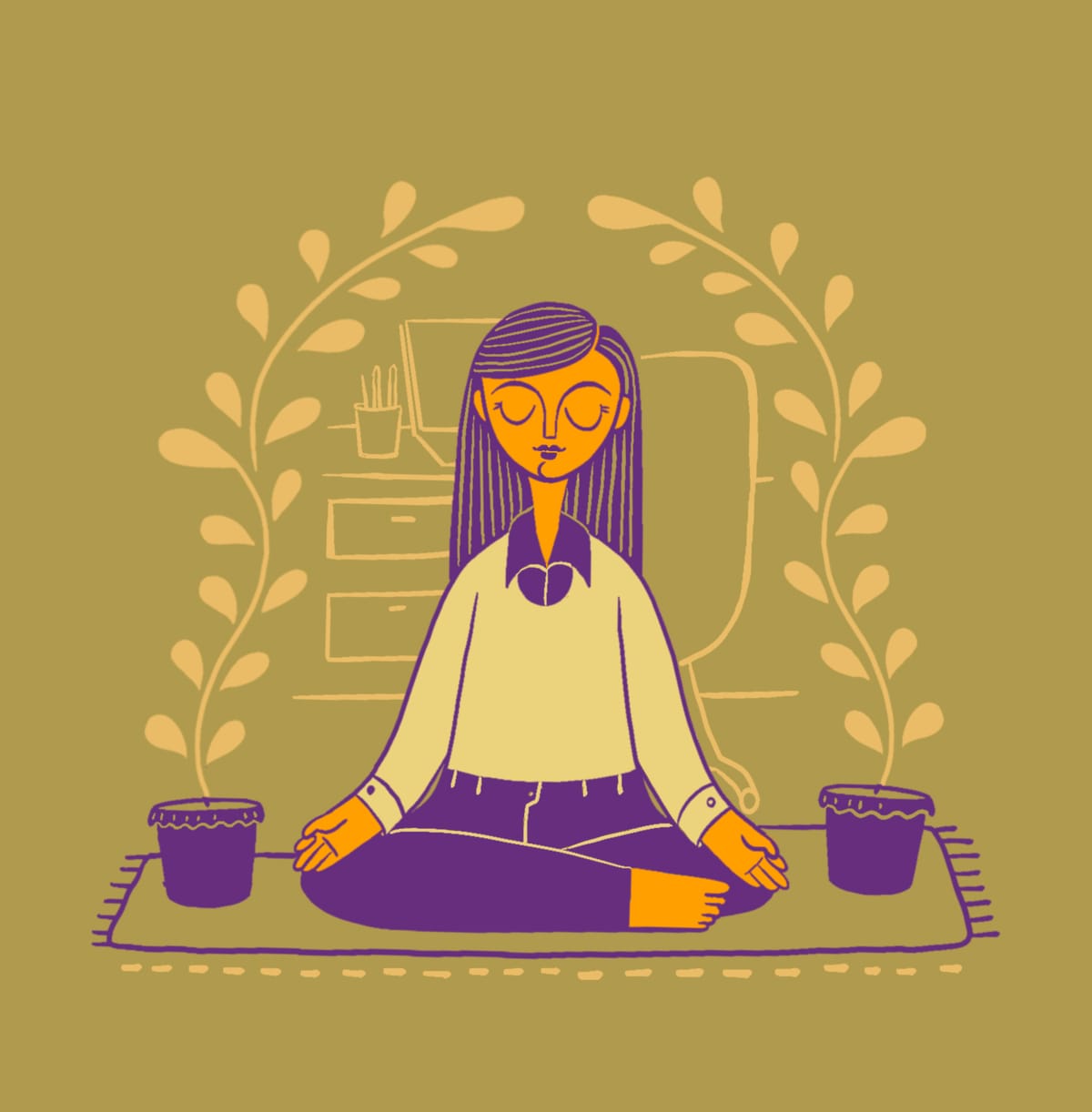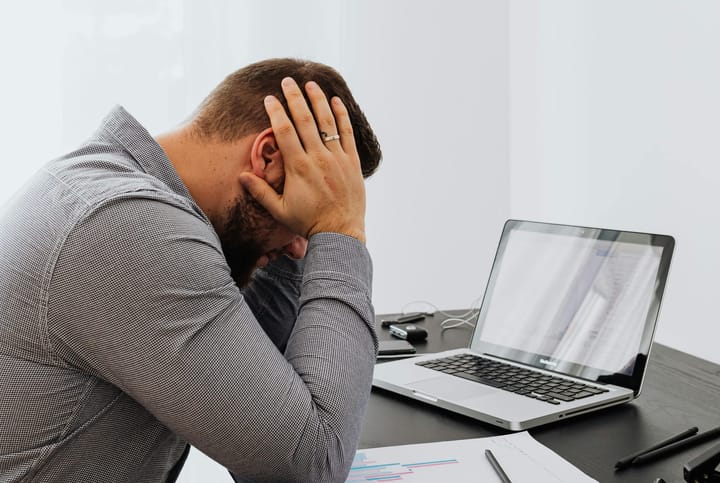Navigating burnout in the workplace

‘Burnout’ as a term and experience today is very common and there are reasons for it. However, the term and the experience itself are not fully understood and often misconstrued. So let’s spend some time learning what it refers to and how we can identify its signs, to be able to take better care of ourselves.
Breaking down burnout
The word Burnout was coined by Herbert Freudenberger in 1974 and refers to chronic psycho-social stress. When one experiences high stress for a long period (chronic stress), it leads to an experience that lasts for months, called Burnout. Thus, burnout is different from and more than stress. It can cause a crisis in a person’s sense of professional competency and have a severe physical and emotional impact.
What causes burnout?
As human beings, we are designed to manage stress. Stress is a signal to our body that something dangerous, important, or threatening is about to happen, or already happening. It activates our brain and body for quick action. This activation is temporary, and once the thing that is causing the stress has been resolved, our bodies return to normal. This is a normal process.
Burnout occurs when the stress is high, chronic, and exceeds our body and mind’s ability to manage it adequately. Such a situation for extended periods of time affects physical and mental health and has many negative long-term consequences.
Stages and signs of burnout
Burnout does not happen overnight. Research has shown that there are 5 distinct stages of burnout. There are physical, emotional and cognitive signs of chronic stress & Burnout that you can learn to identify:
Stage 1: The honeymoon phase Here, there is high satisfaction with one’s job, so you feel the energy and commitment to take on additional responsibilities to prove yourself.
Stage 2: Onset of stress
This includes anxiety about decision-making, and neglecting personal needs like sleep, diet and personal interests.
Stage 3: Chronic stress
The continuing stress over time leads to feeling more tired than usual, denial of problems, and procrastination.
Stage 4: Burnout
The next stage is burnout, where you might avoid work, and experience chronic headaches, GI symptoms, and self-doubt.
Stage 5: Habitual burnout
Finally, if this continues, the last stage is habitual burnout. Our tanks are empty, there is chronic sadness and physical and mental fatigue. Physician suicides are also a real possibility at this stage.
If we imagine a car, stress is like the accelerator that pushes us forward to action. Burnout is when the tank is empty so we keep pushing the accelerator but there is no fuel left to push us forward. Identifying the signs of such chronic stress can help us fill the tank up before it gets to burnout.
How can you take care of yourself?
Prioritize non-negotiables - These are activities or events that are important to you for your survival and wellbeing. These could be pertaining to food, sleep, family time, fitness, alone time, a hobby - anything that is important to you. Make these part of your regular schedule and ensure they are timely as work takes over.
Self-regulation: Managing activation of the brain and body that fires fight/ flight/ freeze responses towards stressors can increase your capacity to handle daily curveballs. Practising grounding strategies often help us use them naturally when we are stressed. Also, do activities that help you relax to replenish yourself and build resilience.
Have awareness: Be aware of your signs & stages of stress or burnout. Assessing what areas (cognitive/ physical/ emotional) are being compromised allows focused support.
Check in with your goals and values: Assess whether you are currently able to meet your financial and professional goals, as well as personal goals. Take support from a professional therapist or loved ones to make changes as needed.
How can companies support individuals from experiencing burnout?
An organization’s goal must be to focus on immediate and long-term professional growth and wellbeing of its employees. To achieve that, here are some pointers to explore:
- Help employees have balanced workloads and provide adequate resources to be able to work on given tasks or projects. This includes training to feel equipped, support of other employees or regular check-ins.
- Set and respect work time boundaries, from logging off on time to communicating outside work hours. Cutwork discussions on days off.
- Offer incentives and services for the personal wellbeing of the employee and their family members, like - health insurance, gym provision, personal therapy, and mental health workshops. High work and low pay is one of the biggest stressors leading to burnout and company turnover.
- Explore the long-term professional goals of employees and help them find ways to diversify into other work or skills now or in the long run. This could include interaction with other companies, through conferences, and webinars to enhance learning and perspectives.
FAQs
- Is there a cure for burnout?
Burnout is a period of time when your body and mind feel the most stretched and least rewarded for it. It’s when we drive the fuel tank to 0 or beyond. Thus, Burnout Recovery is a process of healing and nourishing our mind and body carefully and intentionally. When you break a limb, just taking painkillers does not solve the problem. It requires immediate and long-term care to ensure good recovery. Similarly, just taking time off is not the answer to cure burnout- it requires serious lifestyle and work life changes to ensure sustainable recovery. It’s also why being aware of the signs of stress and its impact on our body can help in preventing chronic stress and burnout.
- What are some resources to understand burnout and exhaustion better? Here are some books and podcasts you can check out: - Burnout: The Secret to Unlocking the Stress Cycle by Emily Nagoski and Amerlia Nagoski - Laziness Does Not Exist - Devon Prince - Rest Is Resistance - podcast by Tricia Hersey of The Nap Ministry
- How can organizations address exhaustion at the workplace in a sustainable manner?
Mental Wellbeing is a lifestyle and organizational culture. This means organizations must consciously make choices and design systems to that work across hierarchies. Read about the leardership's role in cultivating a culture of wellbeing. Along with this, organizations like Manah Wellness have offerings for all employees to use individually, including counselling sessions, and help discover a diverse range of offerings tailored for your organization.



